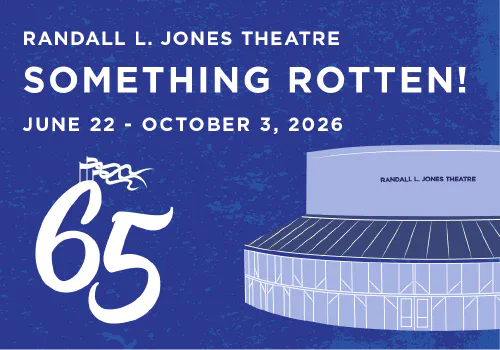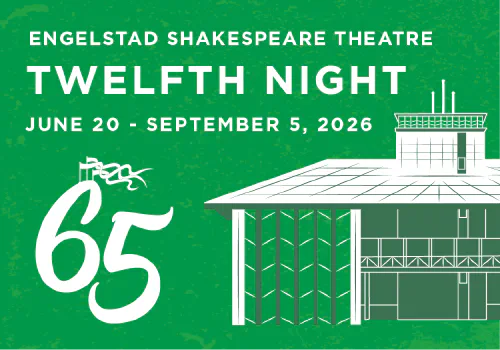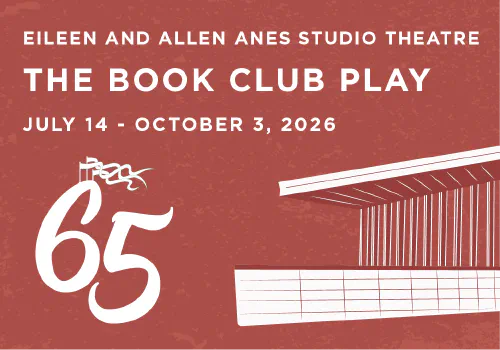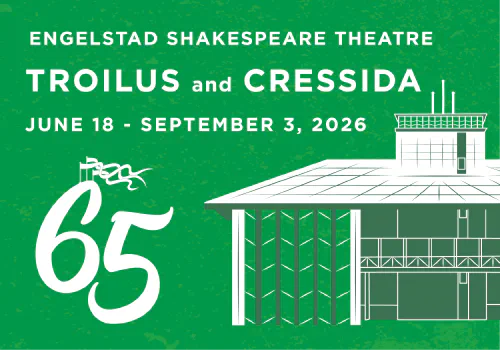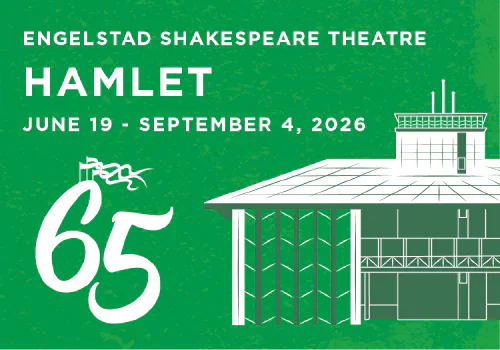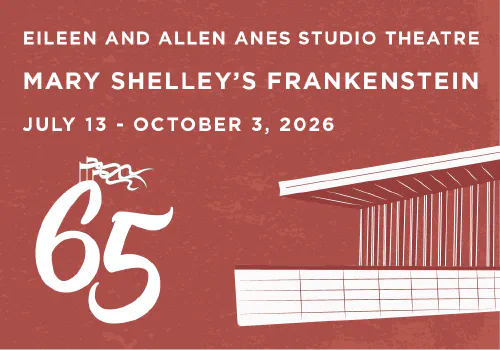The Taming of the Shrew belongs with Shakespeare’s early comedies, apparently composed in some haste in 1593 or early 1594 and acted soon thereafter. Without much doubt, Shakespeare merely reworked an old play that was his immediate source, but the ultimate sources of the plot and situations are various. It was conceived as a popular comedy, meant to be performed before a general audience, rather than for the court, and has been persistently popular since Shakespeare’s day. It is a boisterous and amusing farce on a theme that has entertained both men and women since the beginning of time: the conflict between the sexes and the comic situations that this eternal warfare begets. Shakespeare was not writing a treatise on sociology; he was writing what he hoped would be a stage success, and he made the situations as comic as possible.
Thus The Taming of the Shrew is historically popular with directors and theatre-goers, though it has been rather neglected by teachers and scholars, and relatively little criticism has been written about it. The play contains many rewarding roles for actors and is frequently presented on the modern stage.
The play was much influenced by the Roman comedy of Plautus and Terrence which Shakespeare would have read in school, and it is thus in many ways simpler and more straightforward than his later comedies. It is, for instance, a play of a single world. It has no fairies, no magic, and none of the miracles which characterize later works. Its action all occurs on the single plane of “reality,” and its business is the business of all comedy: the simultaneously serious and unserious business of getting young people paired up and married so that the dance of life can go on.
Unfortunately, these goals are often presented with burlesque effects. In nineteenth century productions it was traditional for Petruchio to carry a whip, and in certain twentieth century productions he has administered a spanking to Katherina. None of these pieces of action is necessary; Shakespeare intended that Petruchio tame Katherina completely without physical violence or brutality. The play employs a variety of theatrical devices which would be wide enough to suit the tastes of any audience: mistaken identities, disguises, puns and twisted meanings, and physical action. Everything Petruchio does to tame her, he does with excessive claims of his great love, and in the end Katherina is really in love with her lord and master–all of which can be conveyed without whips, beatings, or spankings.
The play’s theme, the disciplining of a headstrong wife, is an old one. It appeared several times in the literature of the period. By Shakespeare’s time, in fact, the farcical battle of the sexes had a long history in both fiction and drama. Many folk tales, some of which were crystallized by Chaucer, make use of the age-old combat between husbands and wives, with sometimes the husband victor and sometimes the wife.
Audiences and readers–except those who must see a profound lesson in all literature–have enjoyed The Taming of the Shrew for what it is, an entertaining farce on a topic of eternal interest. Shakespeare knew precisely what he was doing when he prepared the comedy for the stage. He expected his audience to accept the conventions of this kind of comedy and to disregard absurdities of plot and even of characterization. He was not writing a realistic comedy of manners, but was breathing new life into a set of stock situations that audiences had found laughable since the beginning of comic drama.
In spite of its youthfulness and its single plane of reality, Shakespeare manages to move this comedy well beyond the themes of its early prototypes. In its concern with disguises and transformation of character, The Taming of the Shrew winds up beyond its laughter, making a statement about the place and function of romance, love, and marriage in the larger contexts of social, moral, and cosmic order.




